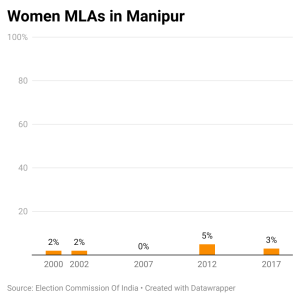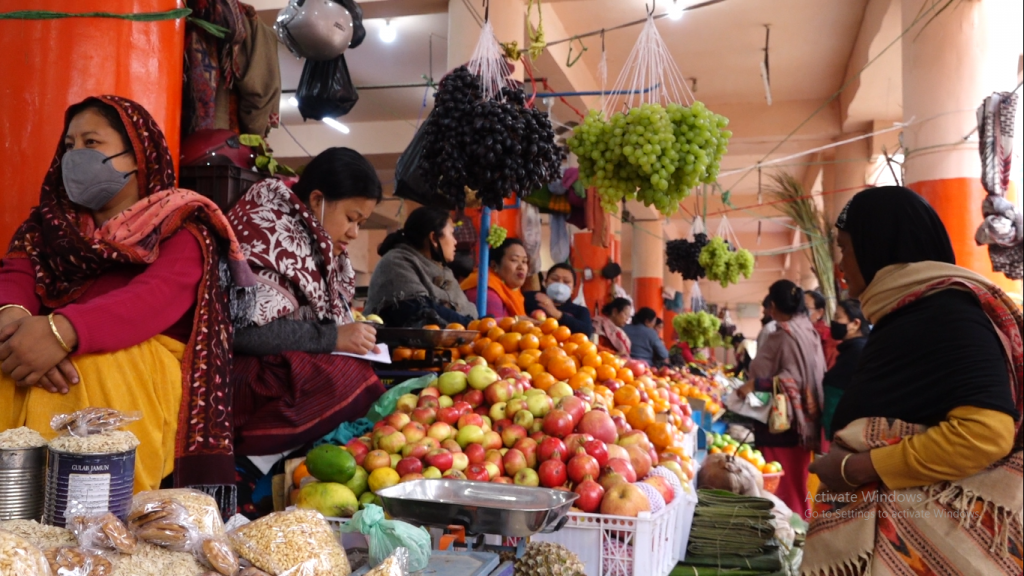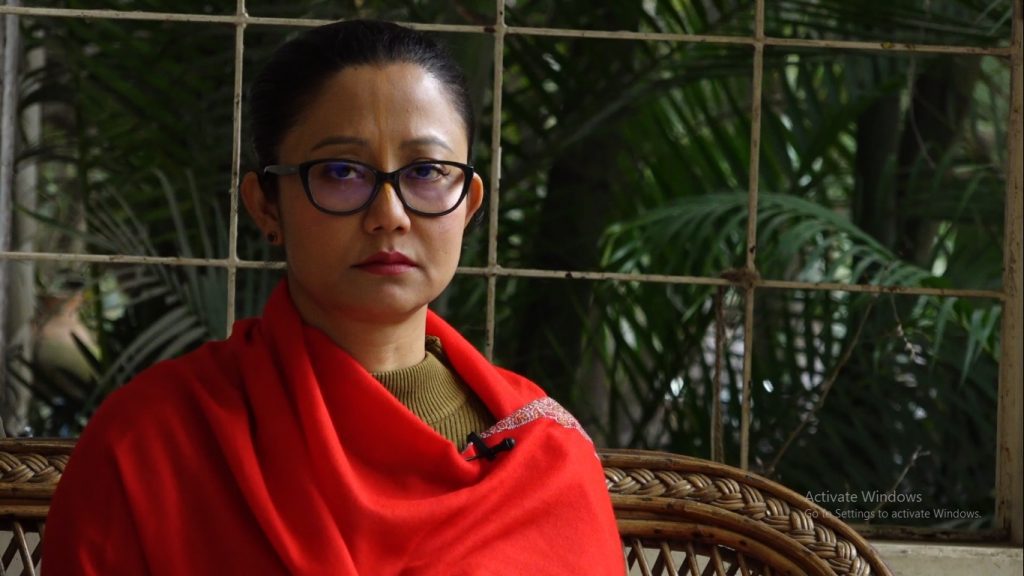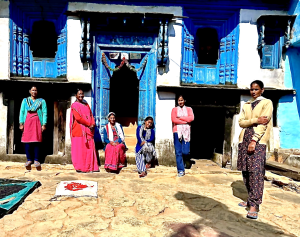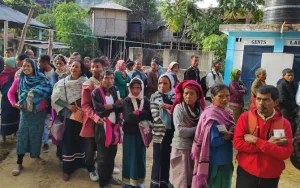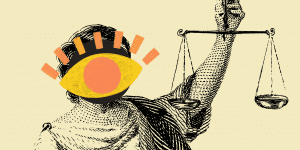The divide between the valley and hill regions, political and cultural, becomes even more stark when it comes to women’s political representation. The valley, where 60% of the population lives, is dominated by Meitei culture and Hinduism. The hills of Manipur have 40% of the state’s population, comprising 34 tribal communities and follow Christianity. Politically, this means that the valley has 40 and the Hills have 20 seats in the state legislature.
There has only ever been one woman MLA from the hill constituencies–Hangmila Shaiza, who is also the first woman ever elected to the Manipur legislature, 18 years after Manipur got its statehood.
Journalist and activist Grace Jajo, a Tanghkhul Naga from Ukhrul, one of the hill districts of Manipur, believes that her election was a result of the prevailing circumstances rather than the electorate’s desire to elect a woman.
“She was the wife of Manipur’s first tribal chief minister Yangmaso Shaiza, who was assassinated in 1989. The reason why she won was not because we are so egalitarian, but more because she gathered the sympathy vote. Since then, we have not elected another woman MLA”, she told Behanbox.
Jajo also warns against the romanticisation of the egalitarian nature of the hill region.
“If you scratch the surface, you will see that we are not really as egalitarian as everyone projects us to be. We are branded as egalitarian only to show us as the opposite of the Hindu society. They use parameters like dowry, Sati, to show these don’t exist in our tribal culture and pronounce ourselves as egalitarian”, she said.
The Valley has 33% reservations for women in the local bodies. However, in the tribal regions which come under the Autonomous District Council ( ADCs), reservation for women in local bodies is not yet a reality.
“In politics, because of reservation, women are represented up to a certain level and that is seen as an advancement (in the Valleys). If you compare that with the Hills (with no reservation), you will notice a complete absence of women or a very low number at the Autonomous District Council level. The other interesting character is that we are allowed to partake in society only as noise makers against men in uniform. We are glorified for this role”, Jajo said.
[ This report is a collaboration between Behanbox and EastMojo, a news portal focussing on the North East region of India]

